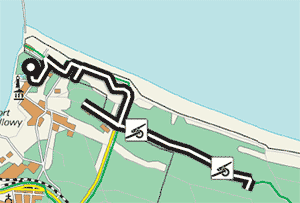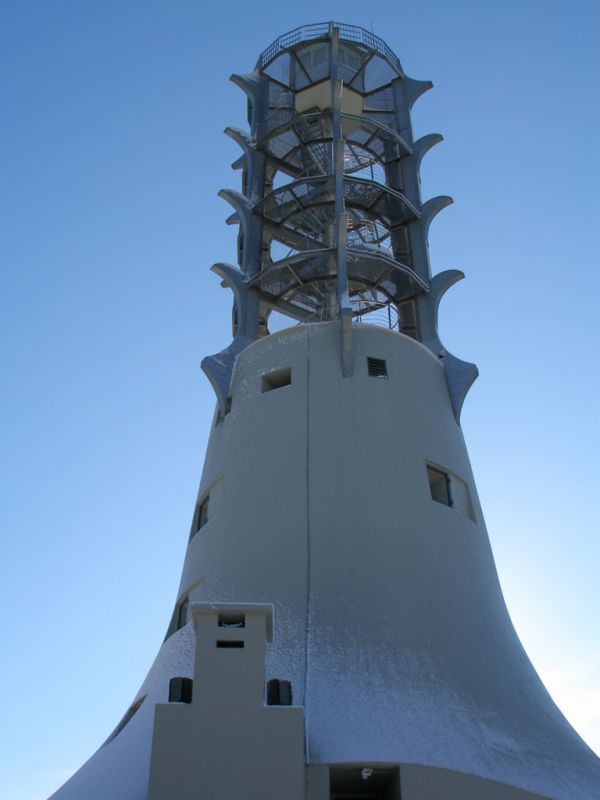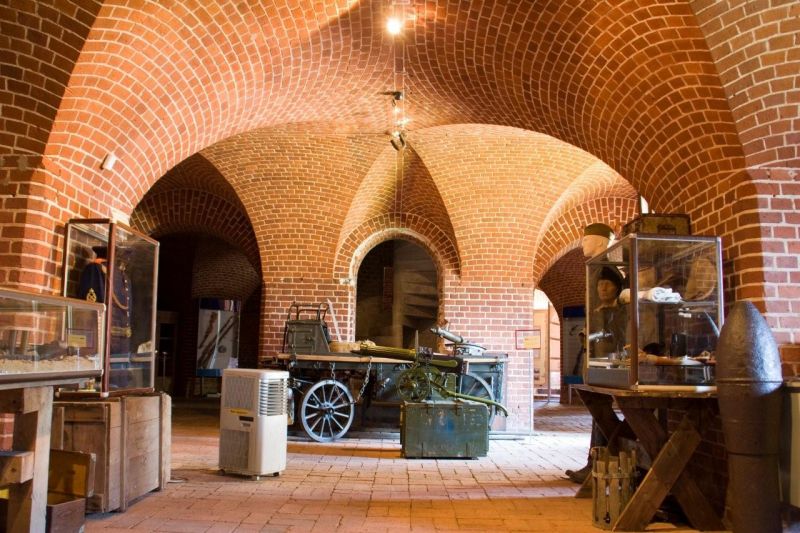A didactic trail
The key geographical location of the Świna river mouth has for a long time determined its trade, economic and military significance. Each new set of inhabitants of this land accentuated its presence there by erecting defence fortifications.
Before Świnoujście became a city and a sea port, the first fortifications around the town were built in the 17th Century by Albrecht von Wallenstein for effective defence against the Danes and Swedes. The next bulwarks were built here by the Swedes, while the Prussians controlling the city from 1720, only continued the work of their predecessors.
During the Napoleonic wars, new fortifications on both banks of the Świna river were built by the French. In addition, in the middle of the 19th Century, the port in Świnoujście was surrounded by modern stone fortifications. This was the period of the most intensive expansion of the defence fortifications, most of which survived to this day.
The eastern bank of the Świna river mouth was always the most suitable location for the defence of the port. This was where the former communication trails ran, where the natural lay of the land provided advantageous higher ground, and it was from this direction that they expected a potential attack. Two forts and a few smaller fortifications were built here by the end of the 19th Century. Up until World War I, the main burden of the defence of the port laid with this part of Świnoujście, and the defenders were more and more focused on the sea. A great number of new structures for various purposes, mainly coast artillery and anti-aircraft artillery structures, were built here during World War I and World War II. Finally, the last touches to the fortifications in this area were made by the Russians and Poles.
Currently, many of the fortifications in Świnoujście have become tourist attractions. These are connected by way of the hiking and bicycle trails. Some of the structures were deemed as landmarks and are legally protected. Others may receive this status in the near future. In order for that to happen, it is necessary to learn about them and popularise them, to which this tour will definitely contribute.

Date Added 03 August 2012



